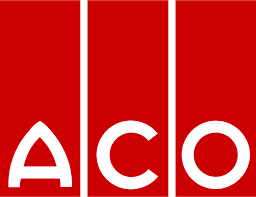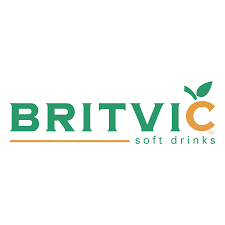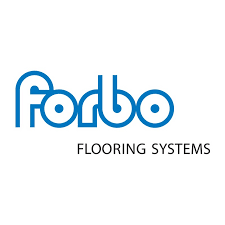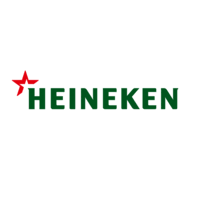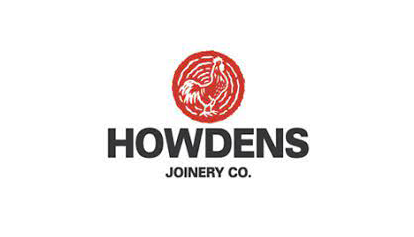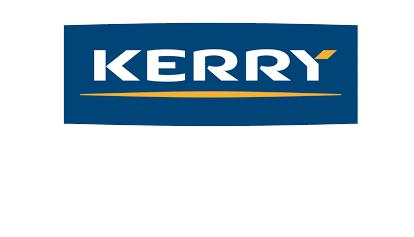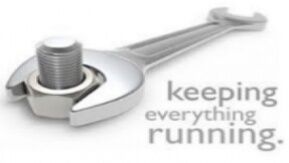
Lean Manufacturing delivers the highest levels of added value when equipment, processes and tooling are in peak condition. Unfortunately, the traditional maintenance role with its emphasis on dealing with breakdowns is ill suited to deliver that potential. As a result, maintenance is easily overlooked as a source of enhanced added value despite the significant gains it can deliver.
Lean Maintenance transforms the maintenance role from fixing breakdowns to releasing the full potential of operational equipment and processes by delivering:
- Lean Asset Care covering preventive maintenance, inspection and servicing routines,
- Lean Execution covering standardisation, systemised workflows and engagement,
- Lean Systems covering stores, performance management and CMMS.
That supports the evolution of maintenance workflows to systematically reduce waste and non value adding activities, releasing time to focus on enhancing process effectiveness, resilience and flexibility. That includes adapting work routines to take advantage of advances in technology and digitisation.
The gains include:
- Asset performance improvement through
- Systemised asset care routines
- Lower product quality defects and energy usage
- Increased stability of component life
- Enhanced departmental work processes including
- Maintenance planning, scheduling and work control
- Problem resolution and Process Optimisation
- Maintenance standard development
- Seamless cross functional collaboration to deal with
- Learning and knowledge gaps
- Accelerated wear and recurring failures
- Progress towards zero targets
Lean Maintenance is a key enabler of the LeanTPM Centre of Excellence Process through actions to:
- Reduce recurring breakdowns and increase equipment effectiveness.
- Increase machine reliability, optimise maintenance schedules and release maintainer resource to undertake value adding engineering improvements.
- Improve Asset Care Routines and Predictive Maintenance capability
- Apply data driven decision making through better use of connected systems and processes
- Establish a proactive continuous improvement "mind-set"
The outcomes include improved Front line team and team leader capabilities to get the most from technology as set out in the table below.
|
Lean Maintenance Actions |
Transition from |
To |
|
Breakdown tactics |
Reactive |
Sustain basic conditions to prevent the causes of breakdowns. |
|
Asset care status |
Informal |
Standardised asset care as part of the routine |
|
Improvement drivers |
Silo based, individual initiative |
Cross functional team with business led priorities |
|
Skill development |
Individual |
Team skill profile |
|
Standardisation |
Vendor defined standards |
Consistent standards and work routines across similar assets |
|
Action triggers |
Daily issues as they arise |
Improvement glide path progress |
Table 1: Lean Maintenance Impact on "Centre of Excellence" Reliability Drivers
As one convert to the Lean Maintenance approach described it. "Lean Maintenance is a way of creating an efficient skilled team of engineers with a proactive mind-set to support all production cells".
Next steps?
The first step is a management awareness and review session to assess current status against the road map benchmarks. That includes working sessions to agree barriers and gaps and identify action plans to build on existing capabilities.
That supports the development of a mobilisation programme to launch the pilot phase of the Roadmap programme.
To find out more check out our support programme send us a message here or contact us via

